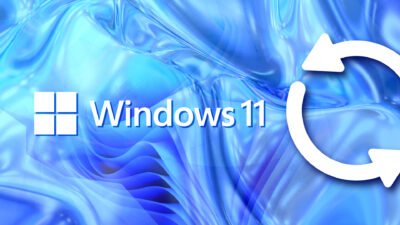Microsoft Launches Virtual Windows 10 Desktops With Own Wallpapers

The Windows Insider Team has released a new preview version for Windows 10 in the Dev Channel. A new addition is a practical function for designing virtual desktops individually, as well as many other innovations.
The new build to try out for all registered Windows Insiders has the number 21337 (RS_PRERELEASE) and was published in the dev channel. As always, details can be found in the Windows blog. One of the biggest innovations was based on user feedback. Insiders wanted further customization options for the virtual desktops.
How it works
The desktops have been individually named for a long time, now the following options have been added: Rearrange and adapt backgrounds for virtual desktops. Change the background of the virtual desktop: Under Settings> Personalization> Background click with the left mouse button on the background to select it. If you right-click on a background on this settings page, there is a new option to change the background for a certain virtual desktop and thus also for several individuals.
To rearrange virtual desktops: The virtual desktops can be dragged and dropped to a different position in the list of the task view. Alternatively, you can right-click on one of the thumbnails in the context menu to select “move left” or “Move right”.
Even newer
Microsoft would like feedback on the new options as to whether everything is working as desired or where changes should still be made. Another new feature is an automatic HDR preview for the PC. The function starts for HDR-capable gaming PCs and must be activated once. There is more information from Microsoft on the DirectX blog. There is also an update for the view in the file explorer and new setting options for subtitle entries for improved accessibility.
In addition to the innovations, a number of bugs were addressed, including a bug that led to crashes in many x64 apps on ARM64, especially in connection with video or DRM content. Examples of affected applications: Microsoft Translator, BlueJeans, Alexa, Astroneer, and Epic Games Launcher.
Digital marketing enthusiast and industry professional in Digital technologies, Technology News, Mobile phones, software, gadgets with vast experience in the tech industry, I have a keen interest in technology, News breaking.












